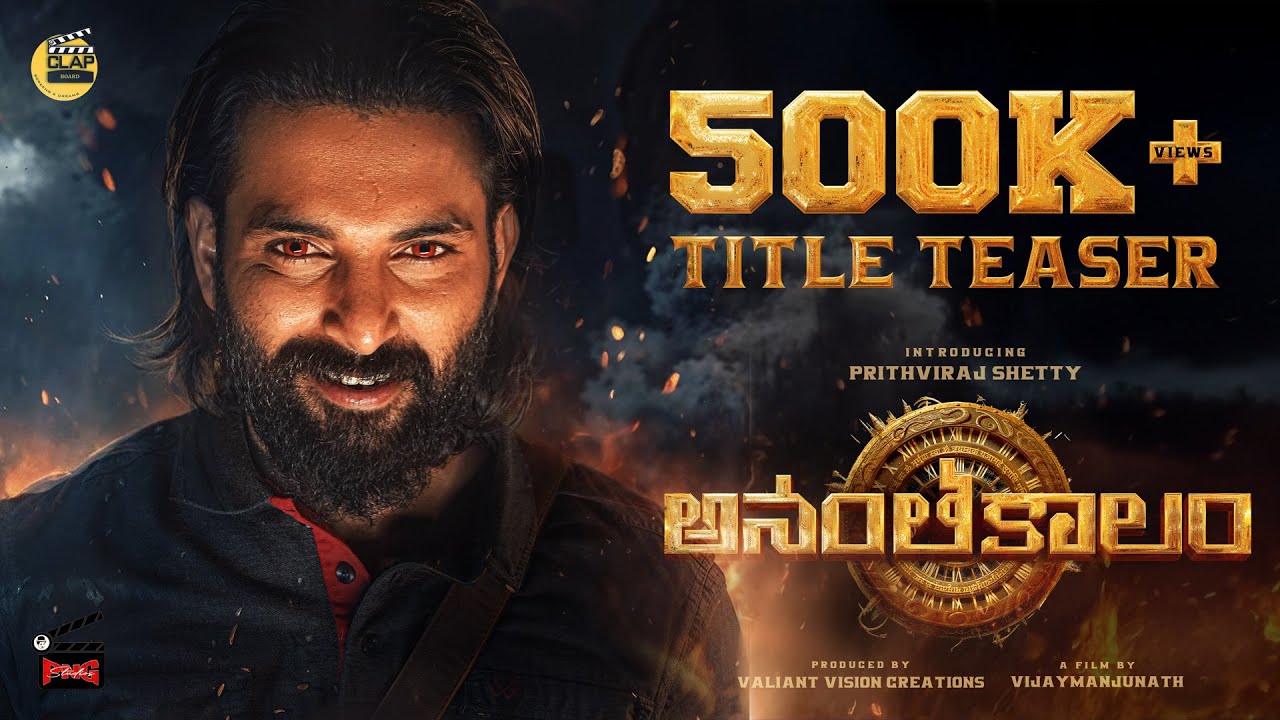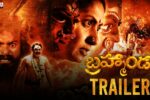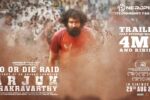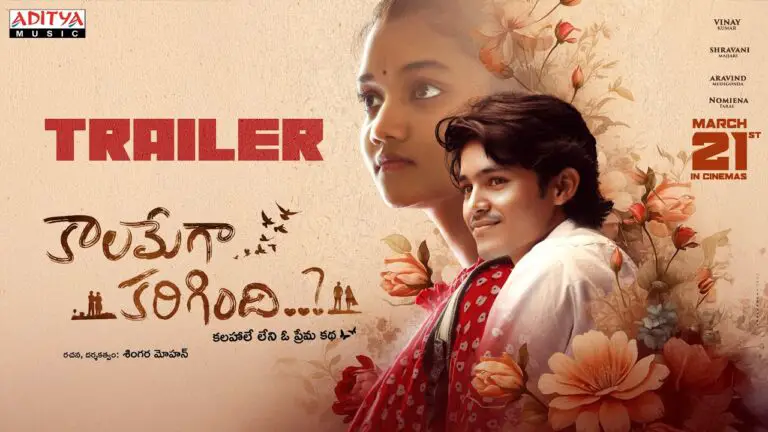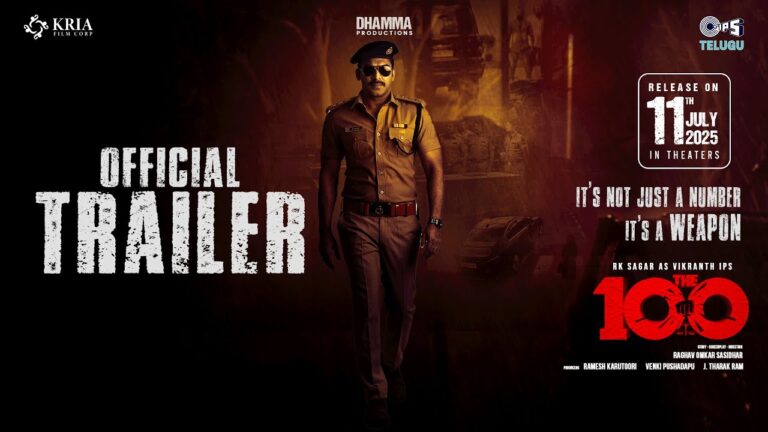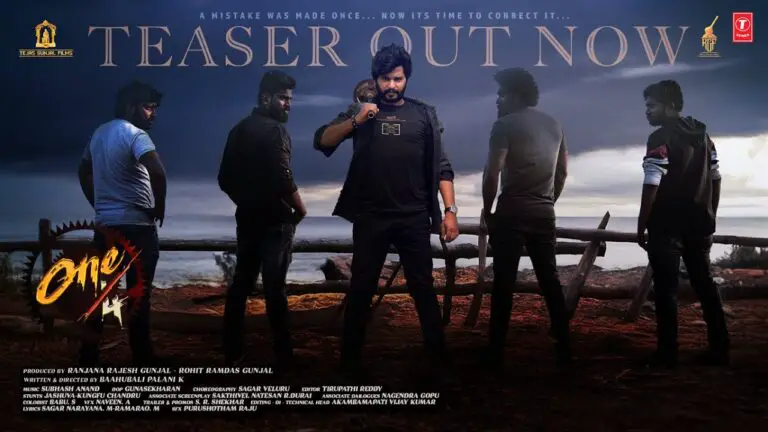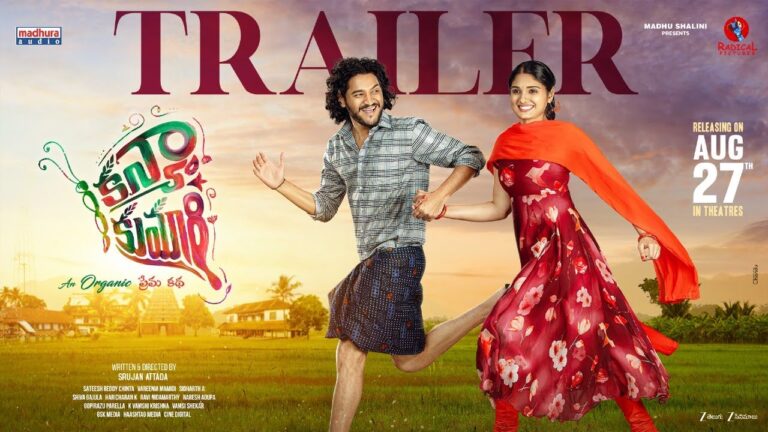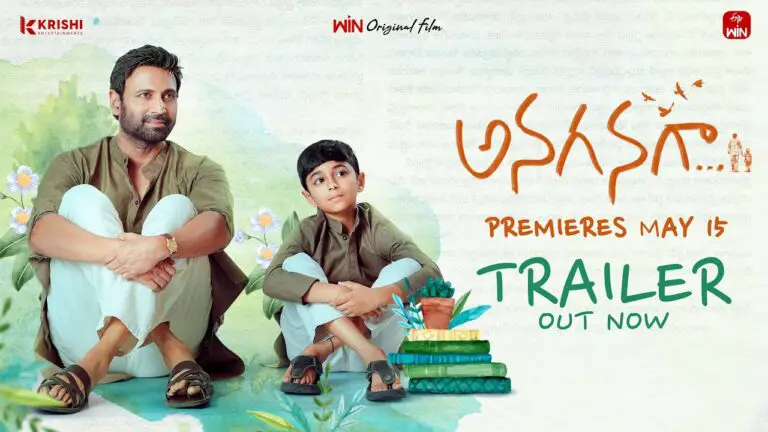Anantha Kaalam Movie 2025 Bapamtv Review Details
Anantha Kaalam (2025) Movie Review
Transformation and Redemption in Rural India
Anatha Kaalam delivers a soul-touching narrative that traces the emotional evolution of its protagonist Ananta.
From a troubled soul to a selfless savior, his character arc anchors the story’s emotional gravity.
Character Arc Analysis
Ananta’s journey from a reckless young man to a heroic figure is crafted with care.
His ultimate act of sacrifice during a catastrophic flood is both moving and powerful.
Sabyasachi Mishra’s nuanced portrayal adds layers of realism to Ananta’s transition.
Each phase of Ananta’s change is visible through his expressions, body language, and restrained dialogues.
Screenplay and Dialogue Quality
The screenplay is deeply rooted in Odia ethos, skillfully blending rural humor with intense drama.
Dialogues are subtle, often understated, allowing the visuals and performances to carry the emotional weight.
This approach deepens the viewer’s connection with the character journey without spoon-feeding emotions.
Genre Comparison: A Benchmark in Regional Drama
Among recent Odia films, Anatha Kaalam stands tall for its sincerity and grounded storytelling.
Unlike melodramatic attempts in the same genre, this film keeps the narrative intimate and real.
Its authentic rural backdrop and emotional arc draw parallels to classics like Bhukha and Sala Budha.
Box Office and Public Response
With a modest estimated budget of ₹1.5 crore, the film has surpassed expectations critically and commercially.
Audience reviews consistently highlight its emotional resonance and cultural authenticity.
Its box office performance proves that regional films, when made with sincerity, find loyal audiences.
Cast & Performances
| Actor | Role | Remarks |
|---|---|---|
| Sabyasachi Mishra | Ananta | Outstanding transformation and emotional depth |
| Suryamayee Mahapatra | Graceful and grounded performance | |
| Kuna Tripathy | Natural portrayal, adds realism | |
| Prutiviraj Nayak | Supportive yet impactful | |
| Others | Collectively build the village world authentically |
Technical Aspects
| Aspect | Details |
|---|---|
| Direction | Emotional and rooted, by Sabyasachi Mohapatra |
| Writing | Culturally rich and emotionally driven |
| Cinematography | Picturesque depiction of Odisha’s landscape |
| Sound Design | Could be sharper but generally immersive |
| Runtime | 2 hrs 26 mins |
Music & Songs
The film’s soundtrack is natural, embracing traditional Odia melodies.
Songs never overpower the scenes; instead, they underline the emotions softly and respectfully.
Each track flows with the narrative, enhancing the rural ambiance and character arcs.
Emotional Core and Cultural Value
Themes of selflessness, redemption, and social responsibility hit hard without being preachy.
The final act of Ananta plugging the river breach with his own body is cinematic yet deeply humane.
This act transforms the film from a rural drama to a universal tale of bravery and redemption.
Star Rating Table
| Source | Rating | Remarks |
|---|---|---|
| IMDb | 9.1/10 | Strong audience approval |
| General Audience | 8/10 | Praise for cultural depth and emotion |
| Our Rating | 4.5/5 | Minor pacing issues, major emotional payoff |
Final Verdict
Anatha Kaalam isn’t just a film—it’s a tribute to silent heroes in every village.
It balances heart, culture, and sacrifice without resorting to over-dramatization.
Sabyasachi Mishra’s performance and the director’s emotional grip ensure it lingers long after the credits.
This film deserves a place in the top tier of Indian regional cinema.
FAQs
Question 1
What is the core message of Anatha Kaalam?
Answer 1
The film emphasizes selflessness, transformation, and the impact one person can have on a community.
Question 2
How is Sabyasachi Mishra’s performance in the film?
Answer 2
His performance is deeply emotional and transformative, marking one of his best roles.
Question 3
Does the film cater to family audiences?
Answer 3
Yes, its emotional tone and cultural storytelling make it ideal for family viewing.
Disclaimer
The star rating mentioned in the article is based on current audience response and may change over time.
